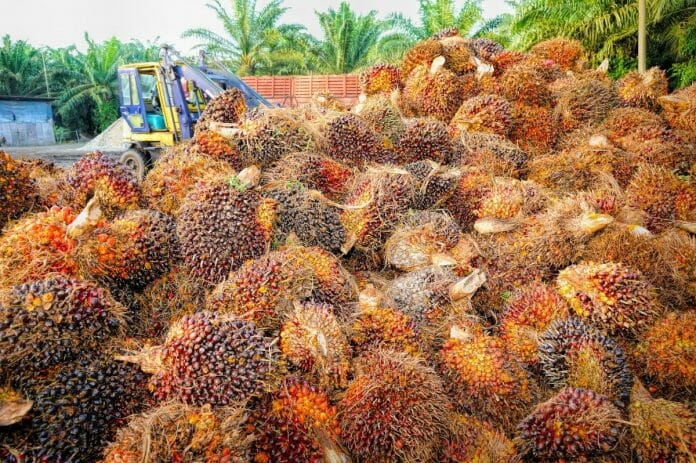Malaysian benchmark crude palm oil (CPO) spot prices fell in June to below USD900/tonne (t), from around USD1,150/t in May 2021, for the first time since January. High prices for most of 1H21 boosted the average to around USD1,000/t, from the 2020 average of USD664/t. Fitch Ratings expects a further price drop in 2H20 and assumes prices will be around USD600/t by 4Q21.
The recent drop in CPO prices is in line with the broader correction in edible oil prices, which is mainly driven by rising production due to favourable weather conditions. Fitch expect an increase in output of palm oil and key substitute soybean oil with the end of the La Nina phenomenon, which brought higher rainfall to oil palm growing
regions and dryness in key areas producing soybean. However, output in Malaysia, which produces roughly a quarter of global palm oil, remains below normal due to a shortage of foreign workers as a result of Covid-19-related restrictions. The labour crunch is set to ease in the next few months as vaccinations progress, but a slower improvement could crimp CPO output and continue supporting prices.
Significant Output Growth Likely
Global palm oil output could jump by 3.2 million t (mt) in the 2021- 2022 marketing year, compared with 0.5mt growth in 2020-2021, according to estimates by the US Department of Agriculture (USDA). Industry output in 1Q21 was weaker than we expected, as CPO output fell 5% in Malaysia and was broadly flat in Indonesia, but our view of a near-term rebound remains unchanged.
Several plantations in Malaysia have lost around 20%-30% of their potential output due to shortage of foreign workers, who make up more than 70% of the workforce, according to the Malaysian Palm Oil Association. High rainfall induced by La Nina in early 2021 also impeded harvesting operations and affected output in 1Q21. In an effort to boost the sector’s manpower, the Malaysian government is planning to work with plantations to expedite the vaccination of workers. Fitch expects the government to take further measures to improve labour availability for oil palm estates.
Pressure from Soy, Indonesia Tax Tweak
Forecasts by Fitch Solutions suggest that the soybean and soybean oil market will also move from a large supply deficit in 2020-2021 to a balance next year due to improved weather conditions and higher planted acreage, encouraged by high prices. The Malaysian CPO benchmark may be under further pressure from lower Indonesian export levies, which should encourage exports from the country. Indonesia will be revising its levy structure soon, according to its finance minister. The levy structure was last changed in December 2020, when a progressive structure was adopted, resulting in higher levies and benchmark CPO prices.









